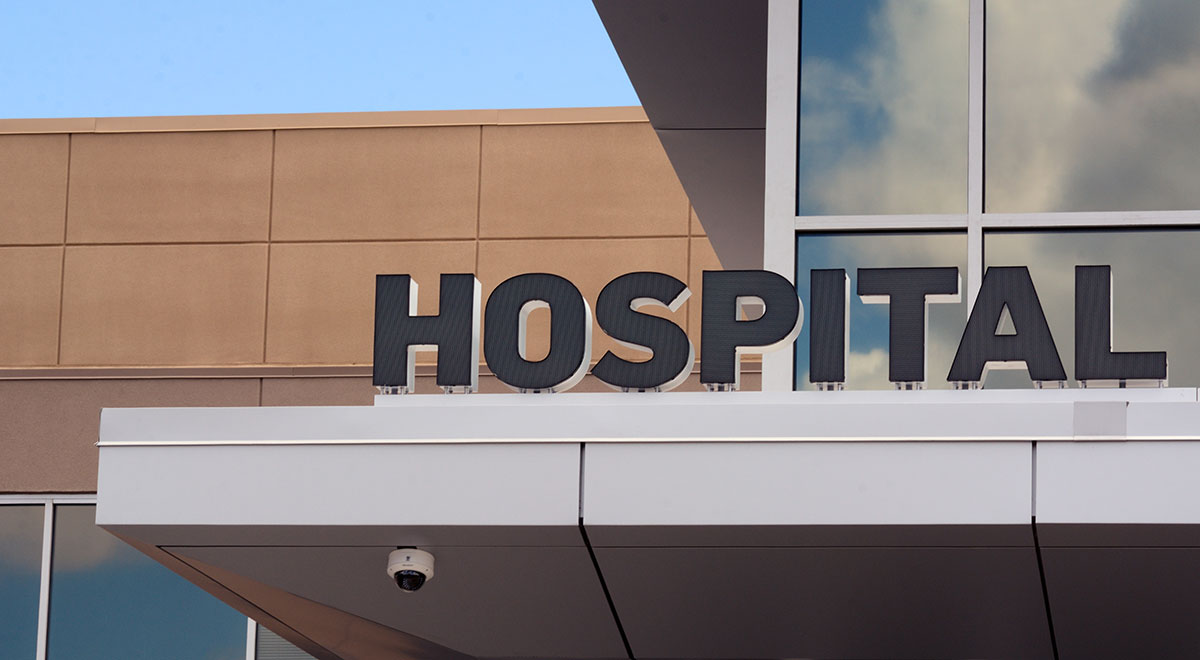As someone who has been deeply involved in the healthcare sector for years, I’ve seen firsthand how urgent care has grown from a relatively niche service to a vital component of the healthcare ecosystem. The landscape of urgent care is changing rapidly, driven by technological advancements, shifts in patient expectations, and broader changes in the healthcare industry. In this blog, I’ll explore some of the key trends shaping the future of urgent care, as well as the challenges we’ll need to navigate to continue providing high-quality, accessible care.
The Rise of Telemedicine in Urgent Care
One of the most significant trends impacting urgent care is the rise of telemedicine. Telemedicine has transformed the way we think about delivering healthcare, particularly in urgent care settings. The convenience of virtual consultations allows patients to receive care quickly and efficiently, often from the comfort of their own homes. This shift has been accelerated by the COVID-19 pandemic, which forced many healthcare providers to adapt rapidly to remote care models.
For urgent care centers, telemedicine offers an opportunity to expand services and reach more patients. It can be particularly beneficial for managing minor illnesses and injuries, offering quick diagnoses, and providing follow-up care. As we look to the future, I believe telemedicine will become an integral part of the urgent care model, complementing in-person visits and offering patients more flexibility in how they access care.
However, integrating telemedicine into urgent care also presents challenges. Ensuring that patients have access to the necessary technology, maintaining the quality of care in a virtual setting, and navigating the complexities of telehealth regulations are all issues that urgent care providers will need to address. Additionally, we must ensure that telemedicine is accessible to all patients, including those in underserved communities who may face barriers to technology.
Expanding the Scope of Urgent Care Services
Traditionally, urgent care centers have focused on treating minor injuries and illnesses, providing a bridge between primary care and emergency services. However, as the healthcare landscape evolves, there is growing demand for urgent care centers to expand their scope of services. This includes offering more specialized care, such as occupational health services, physical therapy, and even behavioral health support.
By expanding the range of services offered, urgent care centers can meet more of their patients’ needs in a convenient and accessible setting. This not only improves patient satisfaction but also helps to reduce the strain on emergency departments and primary care providers. As the demand for healthcare services continues to grow, especially with an aging population, the role of urgent care centers will likely expand even further.
However, with this expansion comes the challenge of maintaining the quality of care. Urgent care providers must ensure that their staff is adequately trained to handle a broader range of medical issues and that the facilities are equipped to provide these additional services. Moreover, integrating these new services into the existing urgent care model will require careful planning and coordination to avoid disrupting the efficient, patient-centered care that urgent care is known for.
Adapting to Changing Patient Expectations
Patient expectations are evolving, and urgent care providers must adapt to meet these new demands. Today’s patients are looking for more than just quick, convenient care—they want a seamless, personalized healthcare experience. This means that urgent care centers must invest in technology and processes that enhance patient engagement, streamline the care process, and improve overall satisfaction.
One way to achieve this is by adopting advanced patient management systems that allow for easy online appointment scheduling, electronic check-ins, and real-time updates on wait times. These systems not only improve the patient experience but also help urgent care centers operate more efficiently. Additionally, providing patients with easy access to their medical records and offering clear communication about their care plans can help build trust and improve outcomes.
Another aspect of changing patient expectations is the growing demand for transparency in healthcare costs. Patients want to know what they will be paying for their care upfront, and they expect healthcare providers to offer clear, understandable pricing information. Urgent care centers that can provide this transparency will have a competitive edge in the market.
Navigating Regulatory and Reimbursement Challenges
As the urgent care sector evolves, it must also navigate a complex regulatory landscape. Changes in healthcare regulations, including those related to telemedicine, reimbursement policies, and scope of practice, can have a significant impact on how urgent care centers operate. Staying ahead of these changes and ensuring compliance with all relevant regulations is a critical challenge for urgent care providers.
One of the biggest challenges in this area is reimbursement. As urgent care centers expand their services and incorporate telemedicine, they must navigate the complexities of insurance reimbursement. Ensuring that these services are covered by insurance and that reimbursement rates are fair will be essential for the financial sustainability of urgent care centers.
Moreover, as urgent care centers take on a larger role in the healthcare system, they may face increased scrutiny from regulators. This could lead to more stringent requirements for staffing, facilities, and operations, which could increase costs and complicate the delivery of care. Urgent care providers must be proactive in engaging with policymakers and advocating for regulations that support the continued growth and development of the sector.
The Importance of Community Integration
Finally, the future of urgent care will depend on how well these centers are integrated into their local communities. Urgent care centers that build strong relationships with local healthcare providers, community organizations, and public health agencies will be better positioned to meet the needs of their patients. This community integration is especially important in underserved areas, where urgent care centers can play a crucial role in filling gaps in access to care.
By working closely with other healthcare providers, urgent care centers can ensure continuity of care for their patients and avoid unnecessary duplication of services. This collaborative approach not only benefits patients but also helps to reduce healthcare costs and improve overall health outcomes.
Looking Ahead
The future of urgent care is full of potential, but it also presents significant challenges. As healthcare leaders, we must be proactive in embracing new technologies, expanding our services, and adapting to changing patient expectations. At the same time, we must navigate a complex regulatory environment and ensure that we remain connected to the communities we serve.
Urgent care has already transformed the way healthcare is delivered, and it will continue to play a vital role in the years to come. By staying ahead of the trends and addressing the challenges head-on, we can ensure that urgent care remains a cornerstone of accessible, high-quality healthcare for all.


